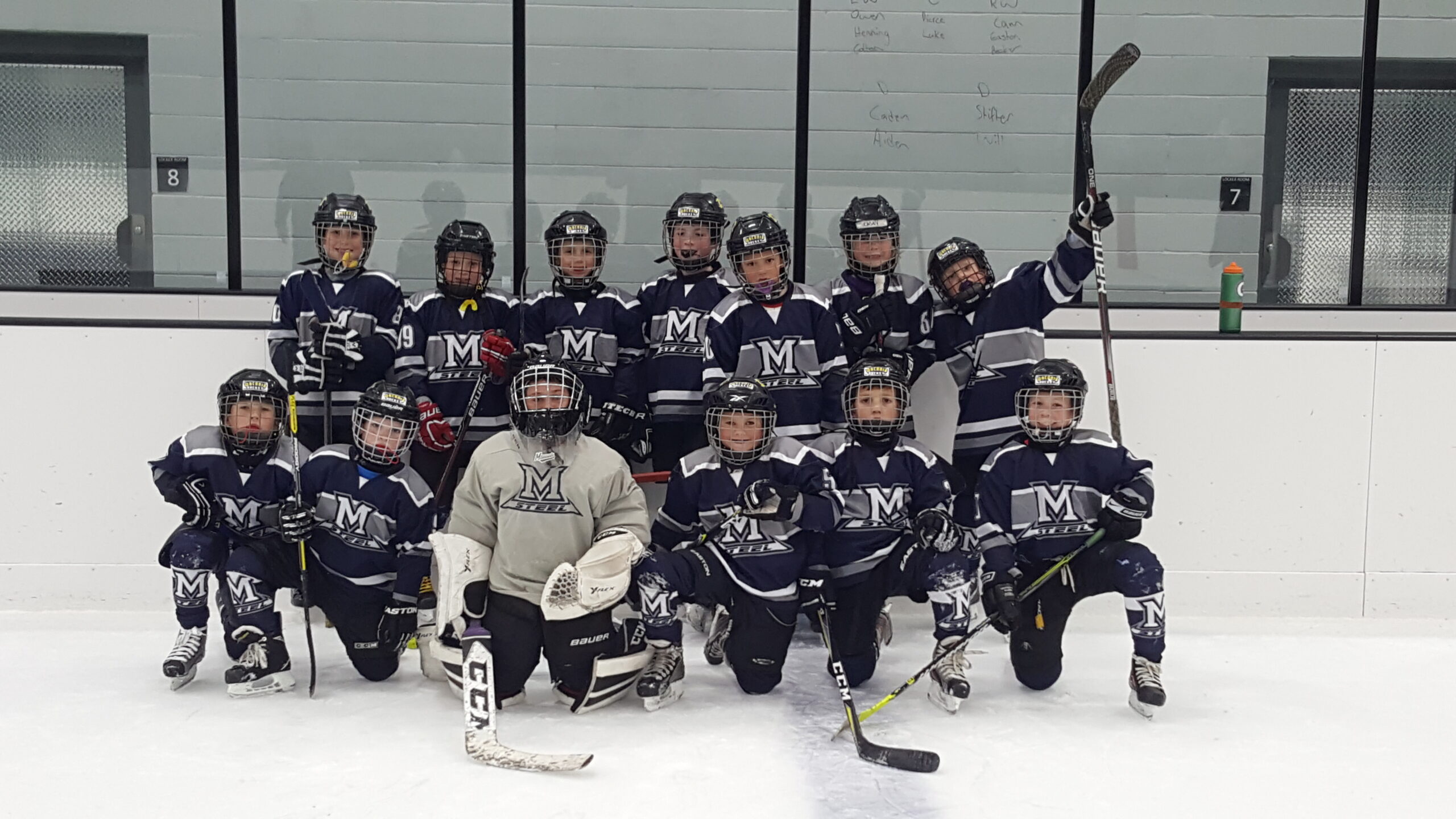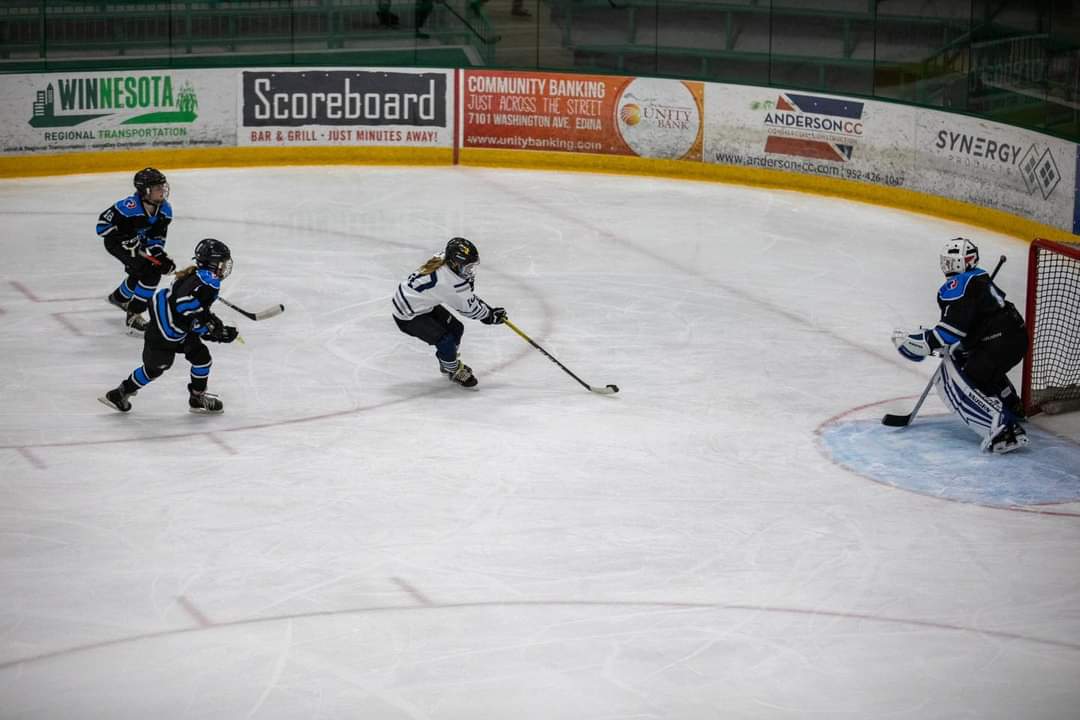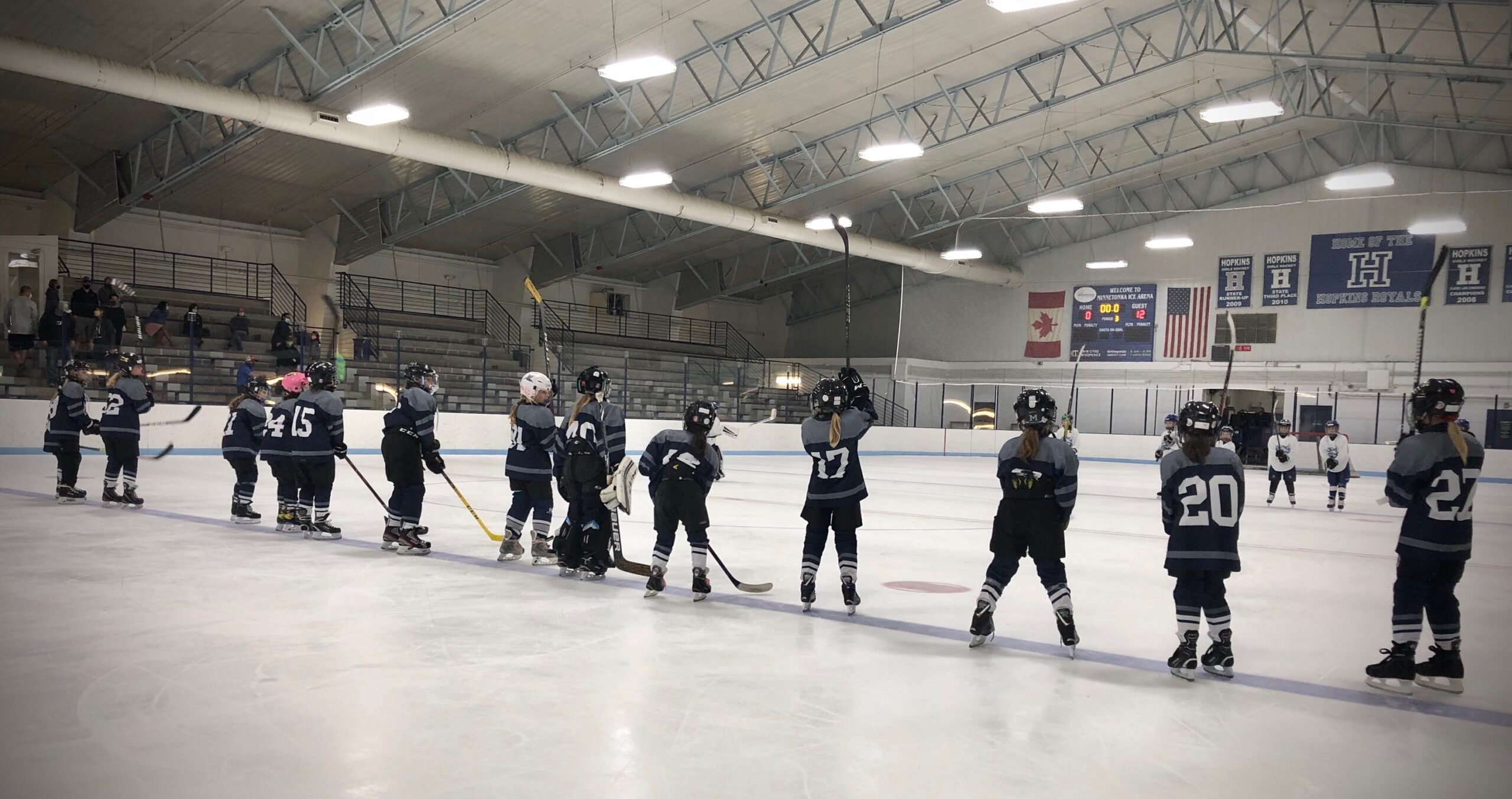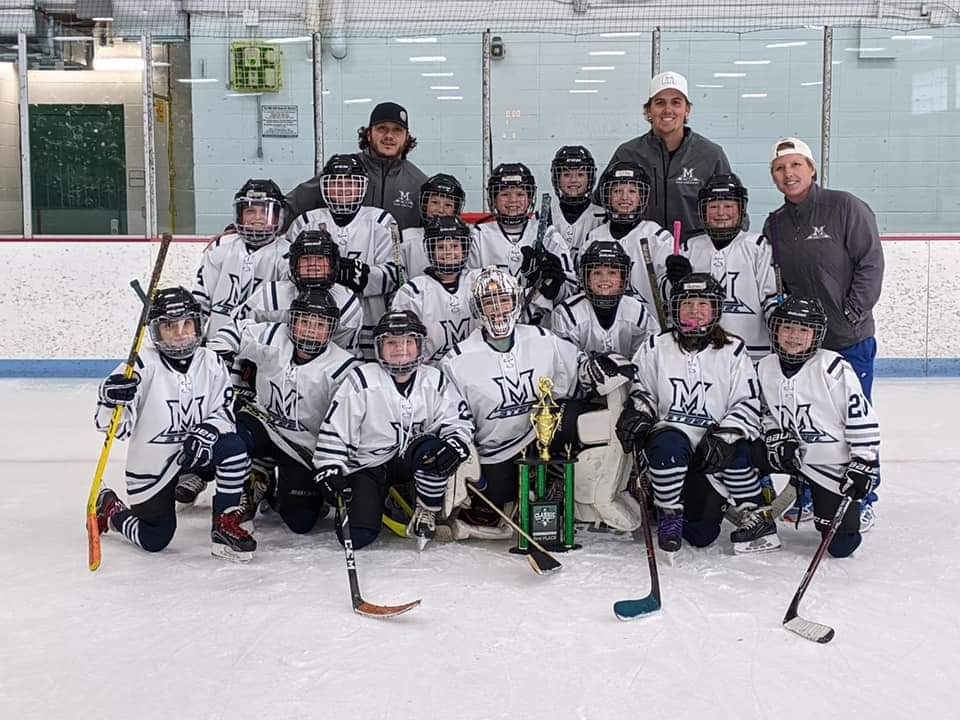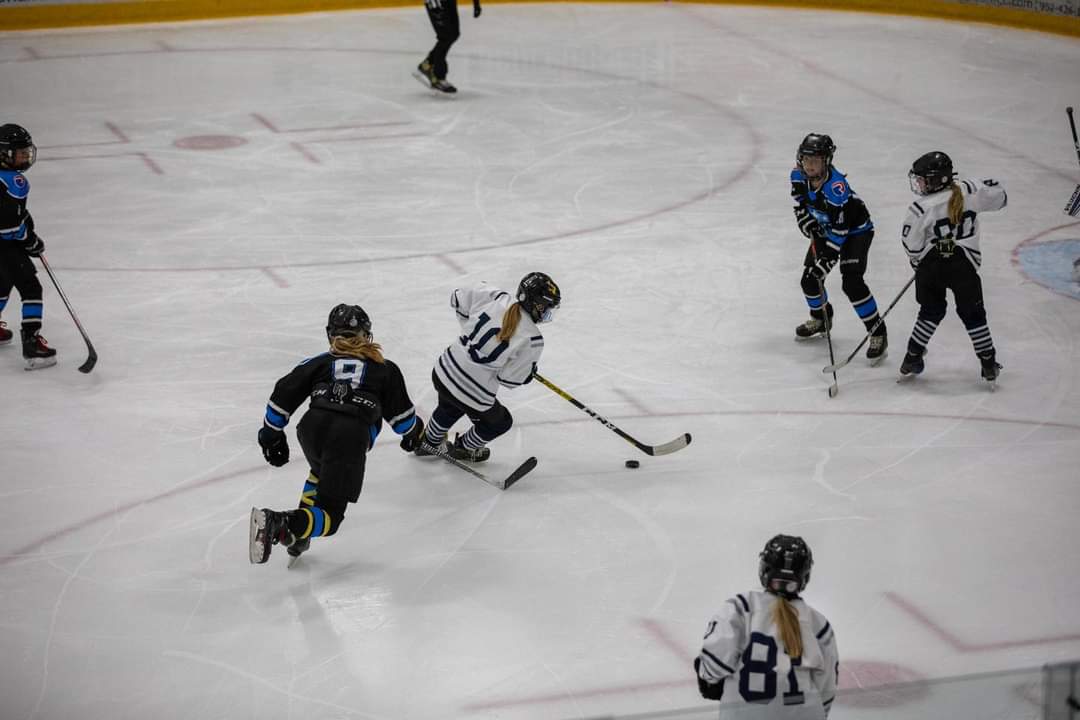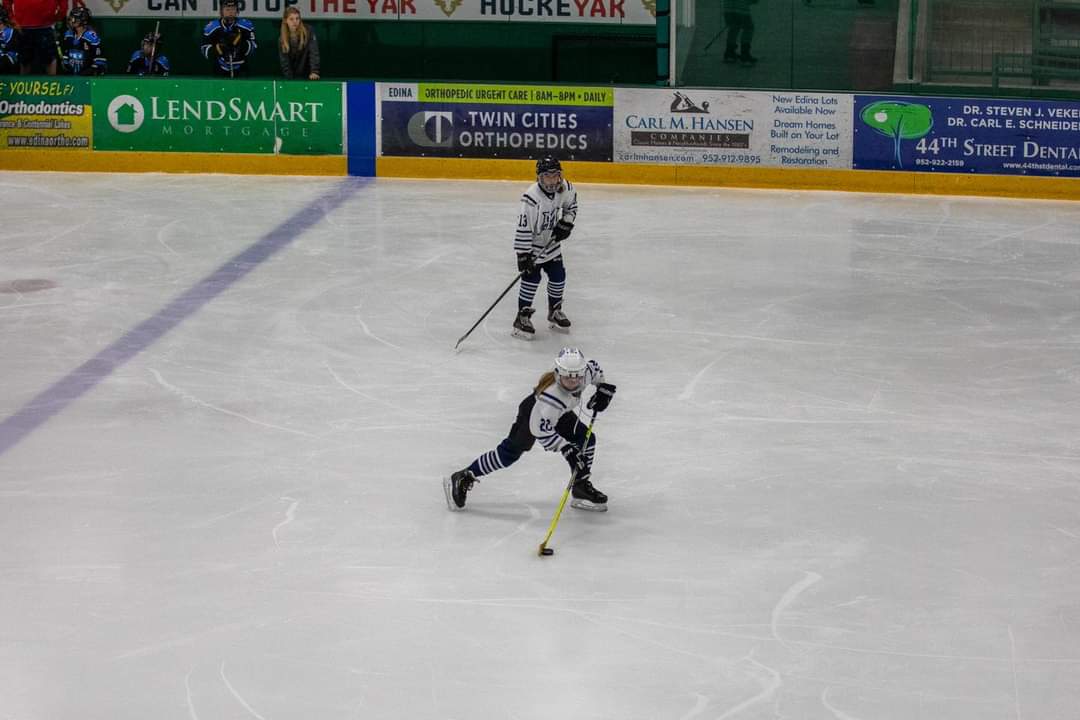Minnesota steel hockey
Systems
Systems
Since 2018, the Minnesota Steel AAA Hockey Club has been striving to provide the best hockey player development. We are focused on developing skills, building enthusiasm for hockey, and teaching players what it takes to be successful on and off the ice. When players leave our program, we want to be able to look at each individual player and know we have helped them reach their maximum potential.
We have a passionate group of coaches who hold themselves to the highest standards. Our coaching staff shows up at the rink with smiles on their faces as they greet the players and they are excited and energetic for each practice. Our coaches focus on skill development, playing as a team, as well as increasing each player’s hockey IQ. As a coaching staff, we continuously strive to be the best coaches, leaders, and mentors.
5 on 5 Play
MN Steel 5-on-5 Offensive Zone Play – Free-Flowing 3-2 System
Philosophy of Our Offensive Zone Play
Our 5-on-5 offensive zone system is a modern, free-flowing structure designed to create continuous movement, confuse defensive coverage, and generate high-quality scoring chances. Instead of rigid positional roles, we encourage fluid player rotations where F1, F2, F3, D1, and D2 are interchangeable.
This style keeps opponents guessing, disrupts traditional defensive zone coverage, and maximizes puck possession. The goal is to attack dynamically, using positional fluidity, high cycles, and smart puck movement to break down defenses.
System Breakdown:
Positionless Play & Rotations
- All five skaters move within the offensive zone, cycling and interchanging roles to maintain puck possession and offensive pressure.
- Forwards and defensemen are not restricted to traditional roles—defensemen can activate offensively, and forwards can rotate to the blue line as needed.
- This ensures constant motion, limiting defensive structure and forcing opponents into difficult decisions.
Key Concepts of the 3-2 Free-Flowing System
 High Cycle & Rotational Support
High Cycle & Rotational Support
- Players continuously rotate through high and low positions, making defensive assignments unclear.
- The cycle is not limited to low play—instead, we integrate the high cycle to stretch defenders and create lanes.
- Players read and react, supporting the puck and staying available as passing options.
 Position Swaps & Misdirection
Position Swaps & Misdirection
- Defensemen are active offensively, frequently switching with forwards at the blue line.
- This rotation makes it difficult for defenders to maintain matchups.
- We aim to create movement-based confusion, leading to open space and scoring chances.
 Puck Possession & Quick Decision-Making
Puck Possession & Quick Decision-Making
- Players must maintain a heads-up, possession-based mindset—quick puck movement is key.
- If there is no clear lane, we reset and recycle the puck rather than forcing low-percentage plays.
- We encourage deliberate passing and smart shot selection, ensuring we attack with control.
 Net-Front Presence & Weak-Side Activation
Net-Front Presence & Weak-Side Activation
- At least one player must maintain net-front positioning, battling for rebounds and screening the goalie.
- The weak-side defenseman or forward is always ready to jump into play when the puck is cycled to their side.
- This structure allows for rapid backdoor plays and one-time shot opportunities.
 Defensive Readiness
Defensive Readiness
- If we lose the puck, we transition seamlessly into defensive positioning, ensuring quick recovery.
- Players collapse and reload into the neutral zone to prevent counterattacks.
Key Elements of the 2-1-2 Forecheck:
- F1 & F2 attack aggressively, pressuring the puck carrier deep in the zone.
- F3 stays high, reading the play and covering for a potential breakout.
- D1 & D2 hold an aggressive gap, prepared to step up and keep the puck in the zone.
- The goal is to force a turnover deep, disrupt the breakout, and sustain offensive pressure.
This system is ideal for applying high pressure, creating turnovers, and maintaining offensive control.
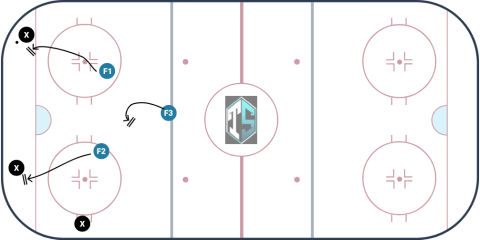
Key Elements of the 1-2-2 Forecheck:
- F1 applies initial pressure on the puck carrier, forcing a quick decision.
- F2 & F3 create the second wave, cutting off passing lanes and trapping the opponent.
- D1 & D2 hold a strong defensive position, stepping up if the puck is turned over.
- This forecheck is a structured but aggressive system, preventing controlled breakouts and forcing turnovers.
This system is effective for applying sustained pressure while maintaining defensive responsibility.
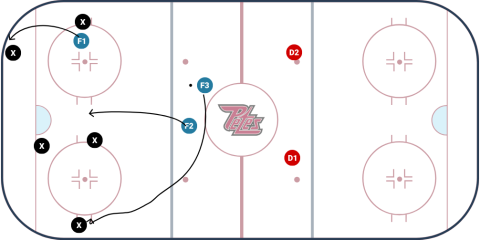
MN Steel Defensive Zone Coverage – Hybrid System
Our Hybrid Defensive Zone Coverage is designed to combine elements of man-on-man and zone defense, maximizing defensive responsibility while maintaining adaptability. This system ensures tight defensive coverage, quick transitions, and minimal scoring chances for opponents.
Key Principles of the Hybrid System:
-
Man-on-Man Down Low:
- Defensemen (D1 & D2) cover the opposing forwards below the hash marks, staying tight to their assignment but ready to switch if needed.
- This prevents easy cycle plays and net-front opportunities.
-
Wingers Play Zone Coverage:
- Weak-side winger (W2) stays in position to cover the slot and prevent weak-side threats.
- Strong-side winger (W1) pressures the opposing defenseman while being aware of passing lanes.
-
Center as Support:
- C reads the play and supports low, covering open space and helping on switches when necessary.
- The center acts as a floating player, helping on puck battles and closing gaps in coverage.
-
Defensive Layers & Stick Positioning:
- All players must keep sticks in lanes to disrupt passes.
- Defenders angle attackers to the boards and force low-percentage shots.
Breakdown of Roles:
- D1 & D2 (Defensemen) → Man-on-Man down low, taking care of forwards in the corners and in front of the net.
- C (Center) → Supports defense, helps switch on picks/cycles, and controls the slot.
- W1 (Strong-Side Winger) → Pressures the opposing defenseman at the point while cutting off passes.
- W2 (Weak-Side Winger) → Covers the middle, protecting against weak-side one-timers and high slot chances.
5
Key Roles & Responsibilities:
- QB (Quarterback): Controls the play from the top, distributing the puck and finding shooting lanes.
- LW & RW (Half-Wall Wingers): Work along the boards to create passing and shooting opportunities.
- Bumper (High Slot Player): Acts as a quick pass option and can take one-timers or distribute the puck.
- Net-Front Presence: Screens the goalie, fights for rebounds, and is a passing option for low plays.
Power Play Strategies:
- Puck Movement is Key – Quick passes between the QB, wingers, and bumper keep defenders moving.
- Net-Front Disruption – The net-front player creates chaos for goalies and makes it hard for defenders to clear rebounds.
- Rotations & Adjustments – The bumper and wingers should adjust their positioning based on defensive pressure.
This setup is modern, effective, and creates high-percentage scoring chances.
Aggressive Box PK
- F1 & F2 challenge high, preventing clean puck movement at the top.
- D1 & D2 stay low but attack any fumbled passes or loose pucks.
- This formation collapses when the puck is low and pressures when the puck is high.
Key Features:
Attack loose pucks and fumbled passes immediately
Jump on opponents when their back is to the play
Force rushed decisions and turnovers
Clear the net-front and control rebounds
These setups ensure constant pressure, quick counterattacks, and limiting high-danger chances.
Aggressive Diamond PK
- F1 applies heavy pressure on the QB at the point.
- F2 & F3 take away passing lanes and pressure the half-wall players.
- D protects net-front but is aggressive in clearing rebounds and attacking weak-side plays.
Key Features:




These setups ensure constant pressure, quick counterattacks, and limiting high-danger chances.
Our dedicated coaches
learn more about our amazing coaches who lead our athletes
Still have questions?
If you still have questions or are unsure about our programs please feel free to reach out to us!

